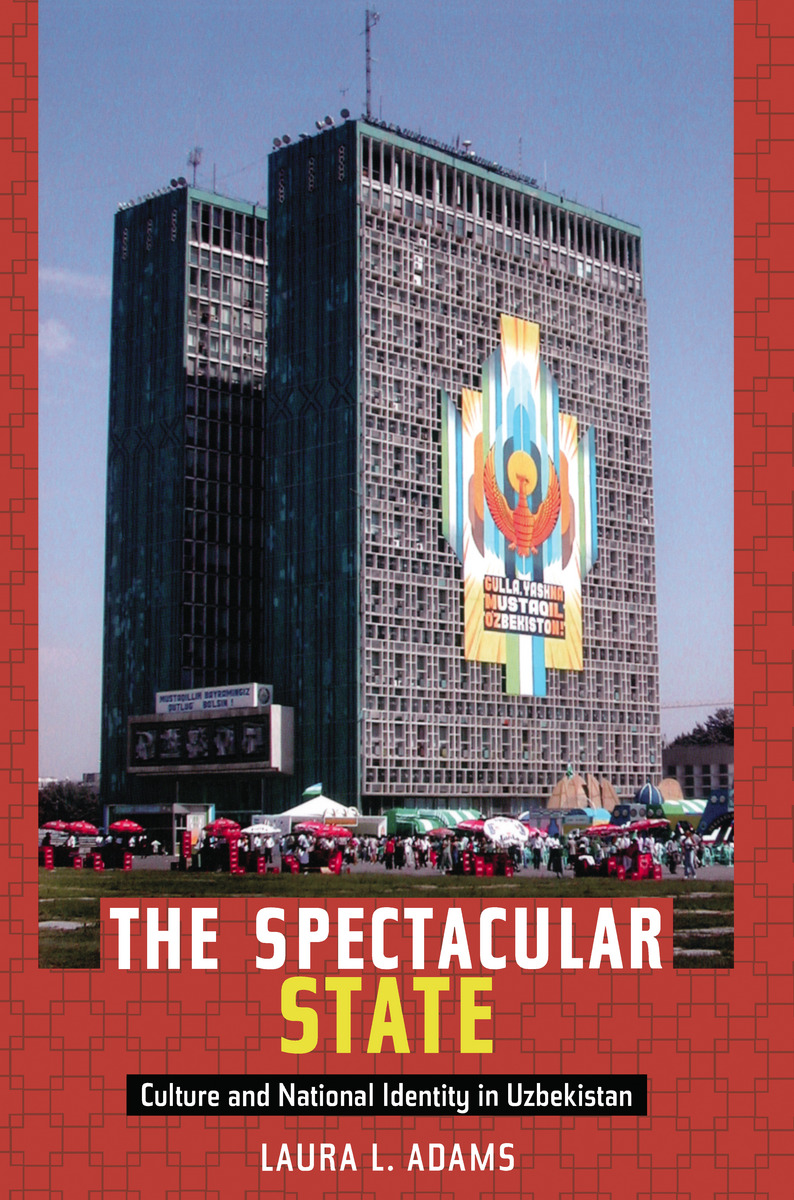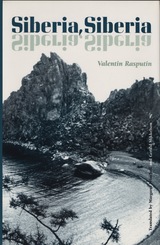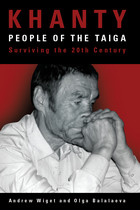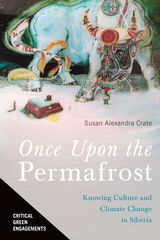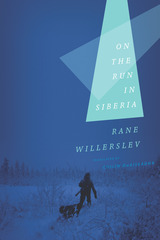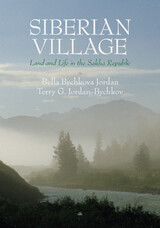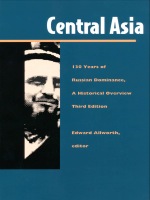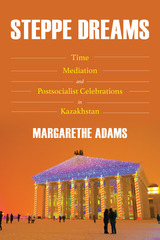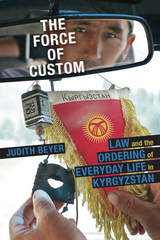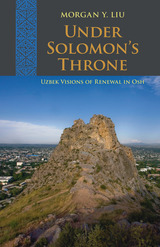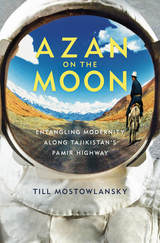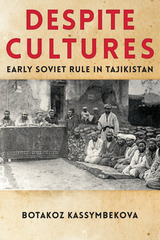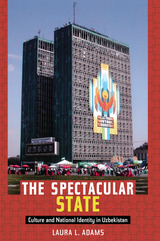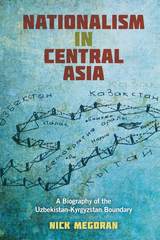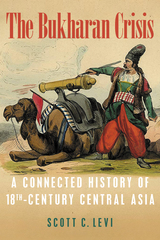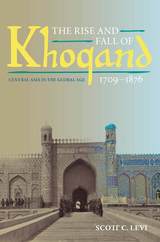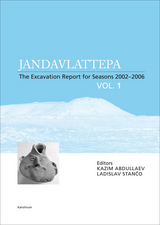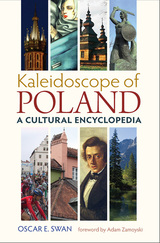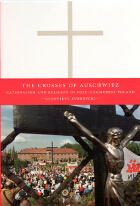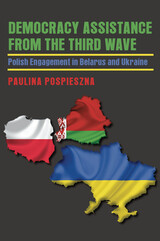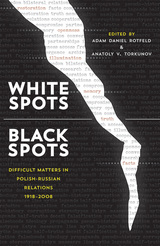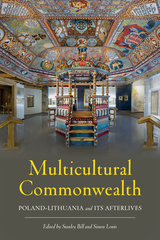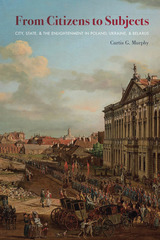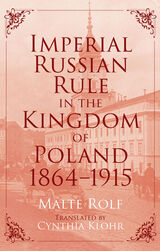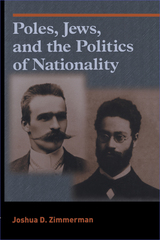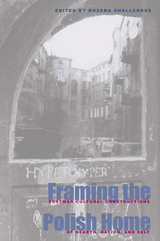“Adams’s book makes an impressive contribution to the sociological
literature on nationalism and state power in the post-Soviet world. . . . [A]n ambitious and significant book that should be of great interest to scholars working in all areas of political sociology.” - Philip Walsh, American Journal of Sociology
“Into the dreadfully understudied and undertheorized literature on Central Asia since the Soviet collapse in 1991, Laura Adams has contributed what may be the best ethnographically grounded and conceptually sophisticated monograph to date. . . . This readable monograph is excellently suited for teaching in graduate and upper-level undergraduate courses on Central Asia, ex-socialist societies, nationalisms, and the anthropology of the state. It stands almost alone in providing a nuanced, on-the-ground glimpse of culture and politics of a fascinating yet poorly documented society.” - Morgan Liu, American Anthropologist
“This monograph contributes to a broader literature on construction of the state in post-Soviet contexts, and at the same time presents a thick description that area studies scholars will find appealing.” - Marianne Kamp, Slavic Review
“The Spectacular State is a rich and ethnographically nuanced study of cultural production in Uzbekistan’s first decade of independence. It provides a sophisticated account of the place of mass spectacle in the articulation of
national ideology and the ambivalent role of cultural elites in sustaining and
reproducing a myth of popular participation.The text is lucid and the ethnography engaging. As such, The Spectacular State makes a significant contribution to a comparative sociology of cultural production in authoritarian regimes and deserves to be widely read by students of Central Asia.” - Madeleine Reeves, Sociological Review
“[C]omplex and engaging…. As a careful and honest record of an important site of cultural production and a pivotal moment in Central Asian history, Adams’s work is required reading for anyone with an interest in modern Central Asian expressive culture and the continuing legacy of the Soviet era.” - Louise A. Cainkar, International Sociology
“Better than anyone else I have read on Central Asia, Laura L. Adams takes seriously what the local people say, and she uses her sociological background to explain how it is that they come to their conclusions. Yet The Spectacular State is not only a major sociological account of the region; it is also a significant contribution to broader social scientific discourses about the state and culture.”—Michael D. Kennedy, author of Cultural Formations of Postcommunism: Emancipation, Transition, Nation, and War
“In this finely nuanced study, Laura L. Adams presents the first serious analysis of national identity in post-Soviet Uzbekistan. Focusing on the elaborate spectacles that mark Navro’z, the spring holiday, and Independence Day, Adams shows how the Soviet legacy, global norms, and state interests intersect to shape the ideology of national independence. With its sophisticated theoretical underpinnings, The Spectacular State makes an important, major contribution to postsocialist and postcolonial studies.”—Adeeb Khalid, author of Islam after Communism: Religion and Politics in Central Asia
“The Spectacular State is a rich and ethnographically nuanced study of cultural production in Uzbekistan’s first decade of independence. It provides a sophisticated account of the place of mass spectacle in the articulation of
national ideology and the ambivalent role of cultural elites in sustaining and reproducing a myth of popular participation.The text is lucid and the ethnography engaging. As such, The Spectacular State makes a significant contribution to a comparative sociology of cultural production in authoritarian regimes and deserves to be widely read by students of Central Asia.”
-- Madeleine Reeves Sociological Review
“This monograph contributes to a broader literature on construction of the state in post-Soviet contexts, and at the same time presents a thick description that area studies scholars will find appealing.”
-- Marianne Kamp Slavic Review
“Adams’s book makes an impressive contribution to the sociological literature on nationalism and state power in the post-Soviet world. . . . An ambitious and significant book that should be of great interest to scholars working in all areas of political sociology.”
-- Philip Walsh American Journal of Sociology
“Into the dreadfully understudied and undertheorized literature on Central Asia since the Soviet collapse in 1991, Laura Adams has contributed what may be the best ethnographically grounded and conceptually sophisticated monograph to date. . . . This readable monograph is excellently suited for teaching in graduate and upper-level undergraduate courses on Central Asia, ex-socialist societies, nationalisms, and the anthropology of the state. It stands almost alone in providing a nuanced, on-the-ground glimpse of culture and politics of a fascinating yet poorly documented society.”
-- Morgan Liu American Anthropologist
